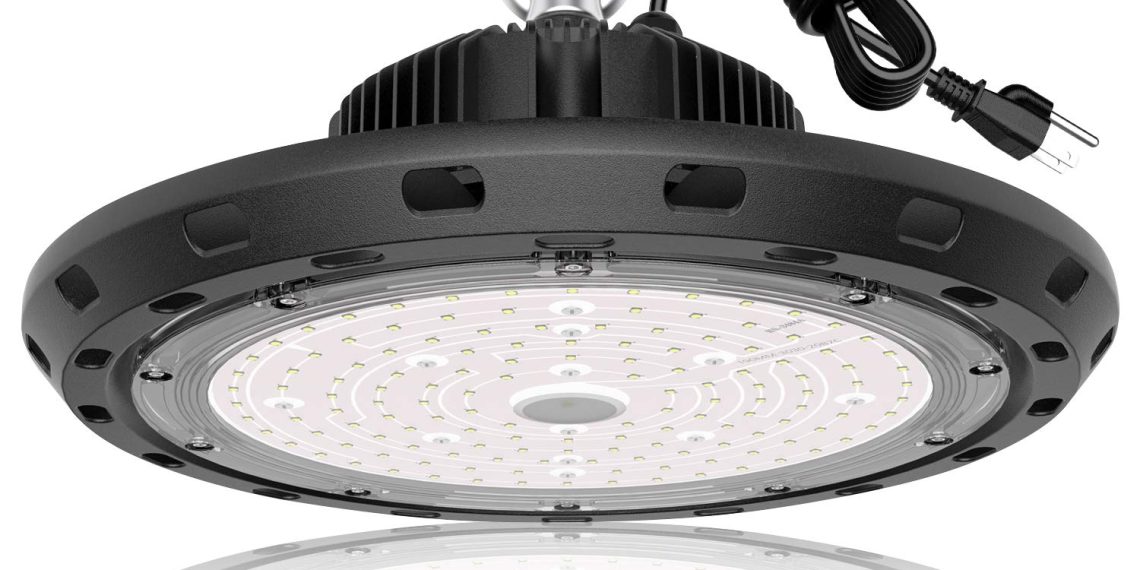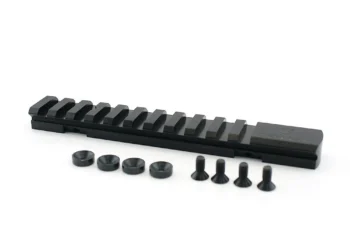When it comes to lighting large spaces with high ceilings, such as warehouses, factories, gymnasiums, and retail stores, LED high bay lights have become the preferred choice for many businesses. LED technology offers numerous advantages over traditional lighting options, including energy efficiency, long lifespan, and better light quality. However, with a wide variety of LED high bay lights available on the market, selecting the right one for your specific needs can be a daunting task. In this buyer’s guide, we will delve into the key factors to consider when purchasing LED high bay lights, ensuring that you make an informed decision for your lighting requirements.
Understanding Led High Bay Lights:
Before diving into the buying process, it’s crucial to have a basic understanding of LED high bay lights. High bay lights are created particularly for places with high ceilings, which can range from 15 feet to more than 50 feet. They are used to provide uniform and bright illumination in large spaces, ensuring safety and productivity. LED high bay lights, in particular, utilize light-emitting diode (LED) technology, which offers significant advantages over traditional lighting options such as fluorescent or metal halide lights.
Lumen Output And Light Distribution:
One of the primary considerations when choosing LED high bay lights is the desired lumen output. Lumen output refers to the amount of visible light emitted by a light source. The appropriate lumen output will depend on the size of the space and the required light levels. To determine the ideal lumen output, you can start by calculating the total square footage of the area and then referencing lighting standards and guidelines specific to your industry. Additionally, understanding the light distribution pattern is crucial. Different high bay lights have different beam angles, such as narrow, medium, or wide, which affect how light spreads in the space.
Energy Efficiency and Cost Savings:
LED high bay lights are renowned for their energy efficiency, making them a cost-effective lighting solution in the long run. When comparing different LED high bay lights, it’s essential to consider their energy efficiency ratings. Look for lights with higher lumens per watt (LPW) ratings, as they indicate better energy efficiency. LED lights consume significantly less electricity compared to traditional options, resulting in substantial energy savings. Furthermore, LEDs have a longer lifespan, reducing maintenance and replacement costs over time.
Color Temperature And CRI:
When choosing LED high bay lights, color temperature and color rendering index (CRI) are crucial elements to consider. Color temperature refers to the perceived color of light emitted by a source, measured in Kelvin (K). It can range from warm (yellowish) to cool (bluish) tones. The choice of color temperature depends on the application and the desired atmosphere. For instance, a warehouse might benefit from a cool white light (5000K) to enhance visibility and contrast. On the other hand, retail spaces may opt for a warmer light (3000K) to create a welcoming ambiance.
CRI measures the light’s ability to render colors accurately compared to natural light. It is rated on a scale of 0 to 100, with higher values indicating better color rendering. In spaces where color accuracy is important, such as retail stores or art galleries, selecting high bay lights with a high CRI is crucial to showcase products or artwork accurately.
Dimming And Lighting Controls:
LED high bay lights offer excellent dimming capabilities, allowing users to adjust the light output according to their needs. Dimming not only provides flexibility but also contributes to energy savings. When considering dimming options, it’s important to ensure compatibility between the LED high bay lights and the dimming system you plan to use. Some LEDs are compatible with traditional phase-cut dimmers, while others require specialized dimming systems. Additionally, consider the ease of installation and integration of lighting controls. Some LED high bay lights come with built-in controls, while others may require external control systems. Assess your requirements and choose a lighting control solution that provides the desired level of functionality and ease of use.
Heat Dissipation And Thermal Management:
LED high bay lights generate heat during operation, and proper heat dissipation is crucial to ensure the longevity and performance of the fixtures. Look for high bay lights with efficient thermal management systems that effectively dissipate heat and keep the LEDs operating at optimal temperatures. Good thermal management not only extends the lifespan of the LEDs but also ensures consistent light output and reduces the risk of overheating.
Durability And Reliability:
In industrial and commercial environments, LED high bay lights need to withstand demanding conditions and continue to perform reliably. Consider the build quality and construction of the fixtures, paying attention to materials, sealing, and ingress protection (IP) ratings. IP ratings indicate the lights’ resistance to dust and water, with higher ratings providing better protection. Additionally, check if the fixtures comply with relevant safety and industry standards, ensuring they are suitable for the intended application.
Maintenance And Warranty:
LED high bay lights are well-known for their extended lifespan and low maintenance needs. However, it’s still important to consider the maintenance aspects when making a purchase. Look for lights with easy access to components, such as driver and LEDs, which simplifies maintenance and potential replacements. Additionally, inquire about the warranty provided by the manufacturer. A longer warranty period indicates the manufacturer’s confidence in the product’s quality and can provide peace of mind.
Retrofitting And Compatibility:
If you are considering upgrading your existing lighting system to LED high bay lights, compatibility is a crucial factor. Assess whether the fixtures can be easily retrofitted into your current setup, taking into account factors such as mounting options, power requirements, and wiring compatibility. Retrofitting can save time and costs associated with rewiring or making significant structural changes.
Reviews And Recommendations:
Before making a final decision, it’s beneficial to research and read reviews of different LED high bay lights. Real-world experiences and feedback from other customers can provide valuable insights into the performance, durability, and overall satisfaction with the products. Additionally, consult with lighting experts or professionals in the field who can offer recommendations based on their expertise and knowledge.
Conclusion:
LED high bay lights offer a superior lighting solution for large spaces with high ceilings, providing energy efficiency, a long lifespan, and better light quality. By considering factors such as lumen output, energy efficiency, color temperature, dimming options, thermal management, durability, and maintenance, you can make an informed decision when purchasing LED high bay lights. Additionally, ensure compatibility with lighting controls, assess retrofitting options, and gather insights from reviews and recommendations to choose the best LED high bay lights for your specific needs. Investing in high-quality LED high bay lights will not only enhance visibility and productivity but also result in long-term cost savings and sustainability.







